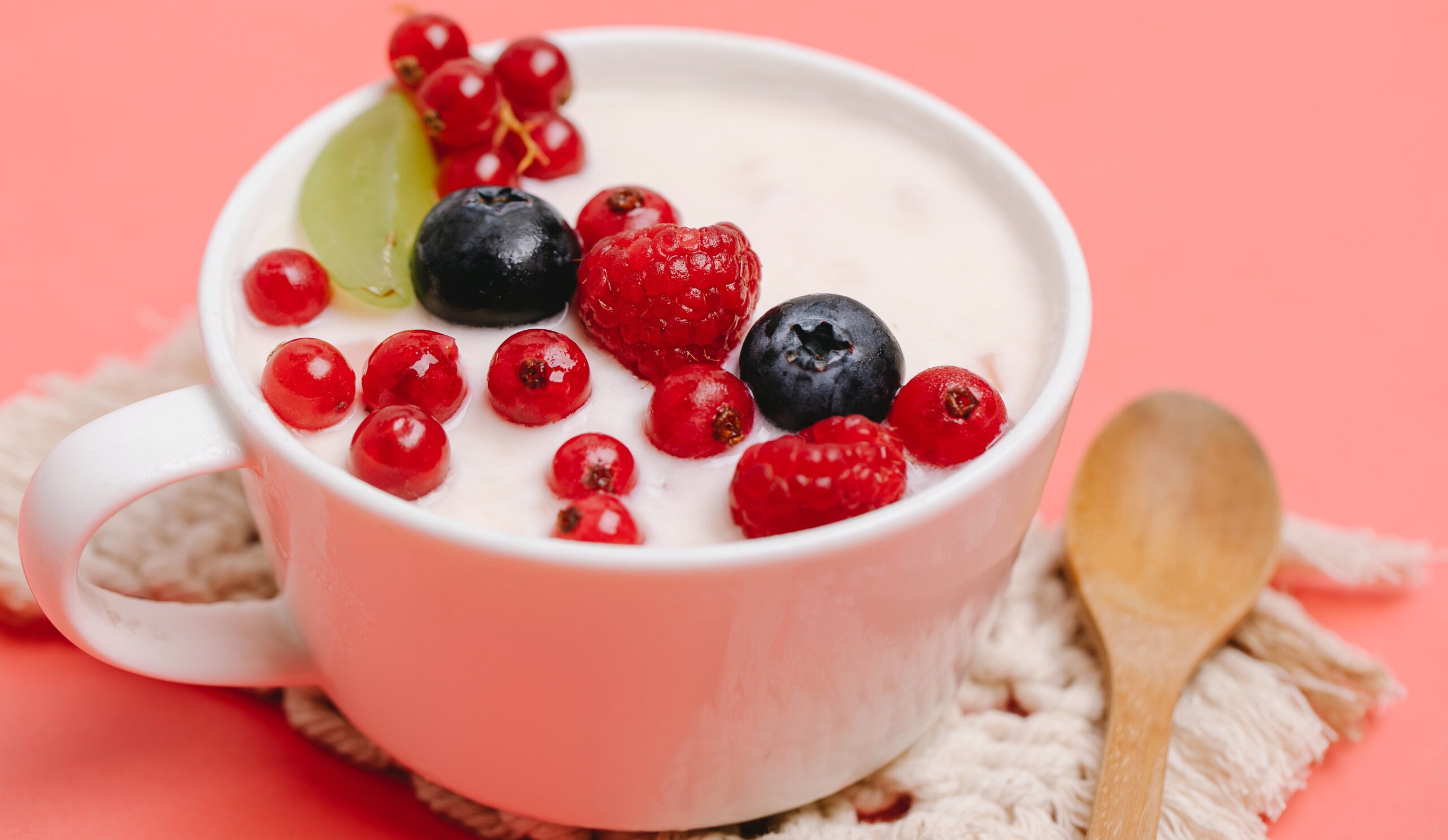By Melinda Maryniuk, MEd, RD, CDCES
There is a lot of attention being paid to the microbiome – the trillions of bacteria, viruses, and fungi that live in our bodies– and the link between health and disease. While this is a new area of research, and there’s still much to learn, we do know that the microbiome plays an important role in health by helping control digestion, benefiting the immune system and reducing risks of certain diseases. It may even help with weight and blood sugar management.
This article offers a review of what we know about the microbiome and tips for what you can do (and eat) to help ensure you have a healthy variety of good bacteria, also known as microbes, working for you!
Fast facts:
– There are up to 1,000 species of bacteria in the human body. There are more bacterial cells in the body than there are human cells!
– Most of the microbes live in the digestive tract – specifically the large intestines. This is why it is often referred to as the gut microbiome.
– Everyone’s microbiome is unique. The type and amount of the tiny microbes in your gut is influenced by many factors including genetics, environment, diet, and medication use.
– Infants who are breastfed for at least 6 months tend to have a healthier microbiome than those who are bottle fed.
– We can help increase the richness and diversity of our microbiome by eating more probiotic & prebiotic foods.
– Probiotics are foods or supplements that naturally contain microbiota such as yogurt and fermented foods like kefir, sauerkraut and sourdough bread.
– Prebiotics are foods that promote the growth of good bacteria in the gut. These include rich sources of fiber in whole grains, fruits, veggies, legumes (beans and lentils) and nuts.
Linking Bacteria and Health
There are both healthy and unhealthy microbes. When they are in balance, we feel healthy. When there are more unhealthy bacteria than healthy ones, this imbalance is called gut dysbiosis. Dysbiosis can contribute to a number of different health conditions including: stomach and digestive problems, weight gain, heart disease (a higher risk of blocked arteries), high blood sugar (which may increase the risk of getting diabetes), and depression.
How a Healthy Diet Can Help
A diet high in prebiotics (foods that contain good sources of fiber) can help increase the number and variety of good bacteria. As dietary fiber is digested in the intestines, the pH in the colon is lowered (it becomes more acidic), which influences the microbiota. This limits the growth of some of the harmful bacteria, and promotes the healthy bacteria.
In order to help strengthen the amount and diversity of good bacteria in your gut, there are a few things you can be doing.
• Eat a diverse range of high-fiber foods. This is the most important first step to a healthy microbiome. Include a wide variety of fruits, vegetables, whole grains, legumes, lentils, nuts and seeds. Digesting fibers helps promote the growth of good bacteria. The benefits of a higher fiber diet for helping one feel more full, promote weight loss and better manage blood sugars for diabetes are well known, so this is just one more reason to eat more fiber-rich foods.
• Eat fermented foods. You know about yogurt and sauerkraut, but it might be time to try something new to get more probiotics in your diet:
- Kombucha – a cold beverage made from fermented tea that is fizzy and tangy.
- Kimchee – fermented cabbage and other veggies. A nice side dish or salad.
- Kefir – a cultured dairy beverage
- Tempeh – fermented soy beans; can be used as a meat substitute
- Miso – a seasoning; common in Japan (miso soup)
• Limit the use of artificial sweeteners. Some research has linked the intake of sweeteners (like aspartame) to the growth of unhealthy gut bacteria.
• Eat foods rich in polyphenols. These are compounds found in red wine, green tea, dark chocolate, olive oil and whole grains. When they are broken down in the gut by the microbiome, they stimulate the growth of healthy bacteria.
• Enjoy more plant-based meals. Vegetarian or vegan diets may help reduce levels of unhealthy bacteria and reduce inflammation and cholesterol. Plant-based diets are also usually high in fiber – so it’s a double benefit!
• Talk with your healthcare provider about taking a probiotic supplement. These supplements are live bacteria to help restore your gut to a healthy state. They might be especially useful after a long course of an antibiotic.
• Take antibiotics only when necessary. These medicines kill both the good and bad bacteria in the gut microbiome. While antibiotics can help with one condition, they can worsen others and contribute to weight gain and antibiotic resistance. Thus, take them only when medically necessary.
While this article provides guidance about healthy eating, it’s important to stress that for many people, diet and exercise alone aren’t enough to reach a healthier weight. The good news is that there are safe and effective medical treatments available that can address the biological issues that can make sustained weight loss difficult. To find a physician near you who specializes in weight management, click here.
Get a weekly text to help you stay on track with your health goals! Click here to sign up.
If you’d like to join our Facebook Group, Personal Health Revolution, click here.
This article was sponsored by Novo Nordisk Canada. All content is created independently by My Weight – What To Know with no influence from Novo Nordisk.

